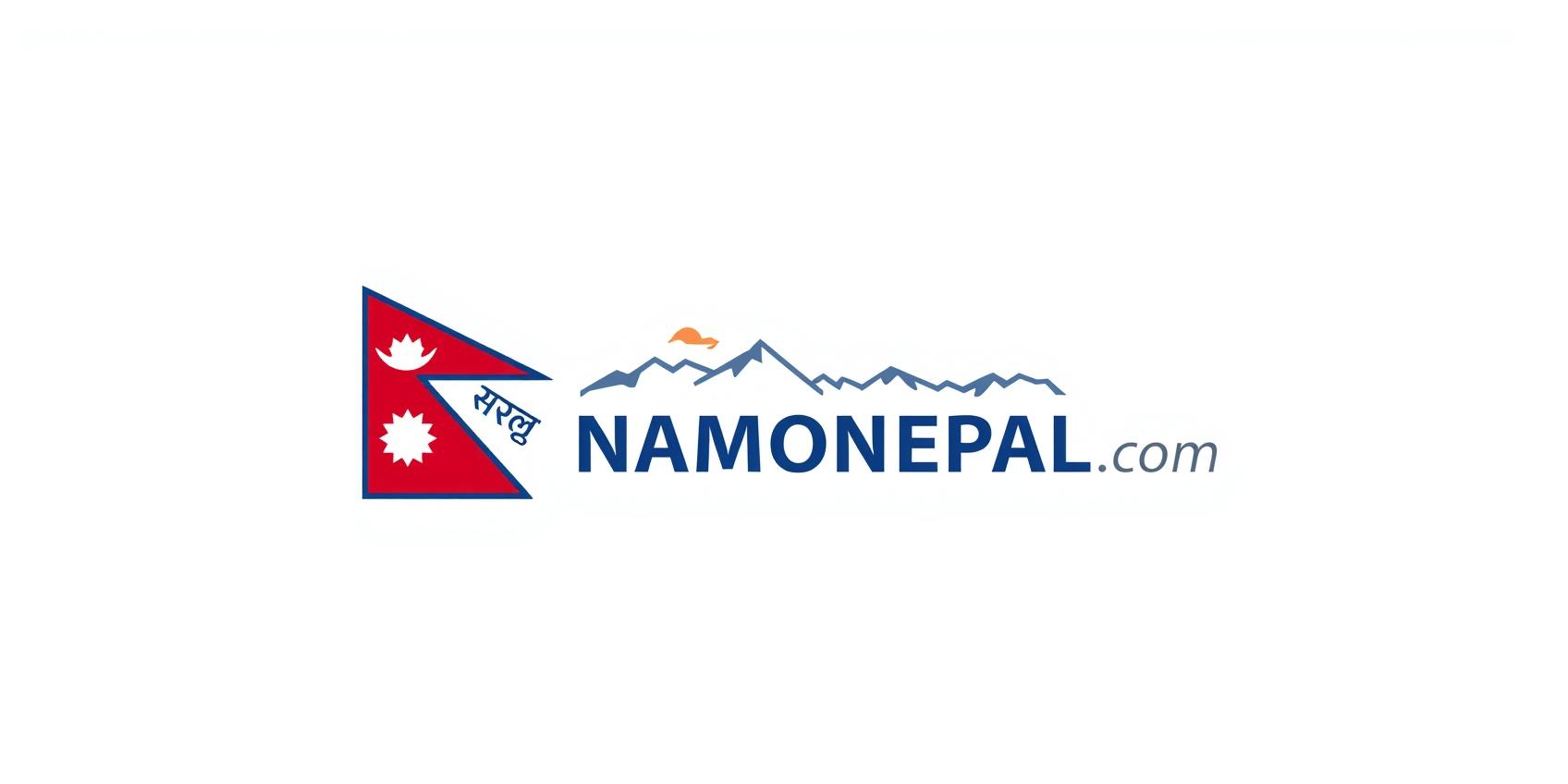Master Altitude Sickness and Acclimatization for Safe Trekking
Trekking in Nepal’s high mountains requires understanding altitude sickness trekking risks and practicing proper acclimatization tips Nepal. Prepare smartly to enjoy breathtaking adventures safely.

Why Altitude Sickness Awareness Matters
Protect Your Health, Enhance Your Journey
experience mild altitude sickness
require descent due to severe symptoms
Optimal acclimatization adds
Safety priority with proper knowledge
What is Altitude Sickness?
Causes and Common Symptoms
Altitude sickness trekking occurs when the body fails to adjust to reduced oxygen at elevations above 2,500 meters. Early signs include headaches, nausea, dizziness, and loss of appetite. Without timely response, it can escalate to life-threatening conditions such as High Altitude Pulmonary Edema (HAPE) and High Altitude Cerebral Edema (HACE).
Practicing slow ascent and incorporating acclimatization days trekking allows your body to adjust, reducing risks significantly.


Essential Tips for Altitude Sickness Prevention
How to Recognize & Respond to Altitude Sickness
Being aware of symptoms and the effects of altitude sickness can save lives. Rest, hydration, and descent are crucial responses. Immediate medical attention is vital for serious symptoms.
Headache, nausea, fatigue
HAPE and HACE warning signs
Rest and treatment options
Importance of awareness
Acclimatization Schedules for Popular Nepal Treks
Include rest days every 2-3 days or every 1,000 meters above 3,000 meters to balance hiking distances and allow your body to adjust.
Use acclimatization hikes to slightly higher altitudes followed by returning to lower elevations to sleep.

Preparing Your Body Before the Trek
Fitness, Nutrition, and Medical Prep
- Cardiovascular training enhances breathing efficiency at altitude.
- High carbohydrate meals provide quick energy.
- Pre-trek medical consultation can identify high-risk individuals.
- Pack first aid kits with headache medicine and hydration salts.
Avoid alcohol and smoking as they reduce oxygen uptake and hinder proper acclimatization.
Travel insurance with altitude sickness coverage is highly recommended for all high-altitude treks.
Your Health Is Your Highest Peak—Prepare Wisely
Empower your trek with knowledge, preparation, and respect for your body’s limits. Practice altitude sickness prevention measures and enjoy Nepal’s majestic heights safely.
Start Smart, Trek Safe!

Quick Checklist for Altitude Sickness Safety
Know the signs, take preventive steps, and prioritize acclimatization throughout your trek.
- ✓ Gradual ascent plan (slow and steady)
- ✓ Regular hydration (3-4L minimum)
- ✓ Balanced diet (high carbs)
- ✓ Rest and acclimatization days (crucial for safety)
- ✓ Medication when necessary (consult a doctor)
Altitude Sickness FAQ
Answers to common concerns about altitude sickness trekking and the importance of acclimatization tips Nepal.



